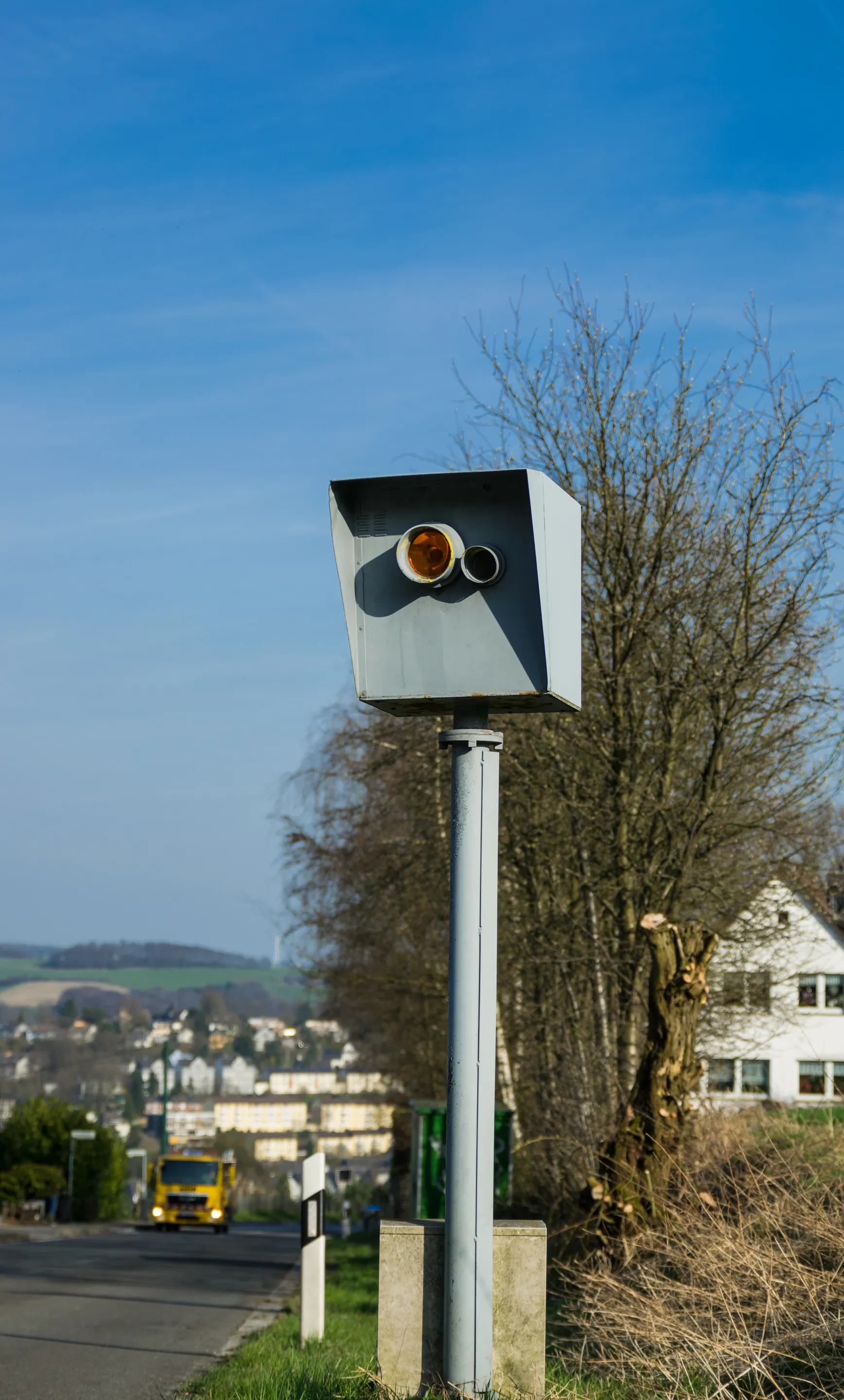Official data from the UK reveals the scale of the safety problem facing pedestrians on the country’s road network. This shows that nearly 18,000 pedestrians were injured in an incident involving a vehicle in 2013, the most recent year with full analysis currently available. The charity is calling for an even greater focus on pedestrian protection to make cars safer and raise awareness of the risks.
September 9, 2015
Read time: 3 mins
Official data from the UK reveals the scale of the safety problem facing pedestrians on the country’s road network. This shows that nearly 18,000 pedestrians were injured in an incident involving a vehicle in 2013, the most recent year with full analysis currently available. The charity is calling for an even greater focus on pedestrian protection to make cars safer and raise awareness of the risks.
A Freedom of Information (FOI) request made by the5125 Institute of Advanced Motorists (IAM, Britain’s biggest independent road safety charity, was the source of the official data. This asked for details of the most common pairs of contributory factors reported together by the police attending the scene of a crash in 2013.
Police can record up to six contributory factors from a list of 77 for each incident to explain why they think a crash took place but the top two give the most obvious reasons for the incident. The statistics come from an analysis of the whole of 2013.
Last month the IAM reported that ‘failure to look properly’ and ‘failure to judge other person's path or speed’ was the biggest pairing of factors when it came to vehicles in crashes. And now the pairings of factors listed by police for all pedestrian casualties reveal a similar picture. ‘Pedestrian failed to look properly’ with ‘pedestrian careless, reckless or in a hurry’ were named as factors in 4,100 casualty accidents, or 23% of the overall total, making this the single largest cause of pedestrian incidents.
In second place came ‘Pedestrian crossing road masked by stationary or parked vehicle’ with ‘pedestrian failed to look properly’ - 1,961 casualties (11%). In third place came ‘Pedestrian failed to judge vehicle’s path or speed’ with ‘pedestrian careless, reckless or in a hurry - 1,204 casualties (7%). In fourth place came the closely related ‘Pedestrian crossing road masked by stationary or parked vehicle’ with ‘pedestrian careless, reckless or in a hurry’ - 1,013 casualties (6%).
The IAM Manifesto makes a number of suggestions on how to protect pedestrians, including making road safety education part of the national curriculum, making pedestrian safety a bigger factor in vehicle design and a long-term engineering programme to deliver safer roads in the UK.
Sarah Sillars, IAM chief executive officer, said: “Pedestrian fatalities are rising faster than any other group right now so it is vital that drivers are more sympathetic and aware of pedestrians when they make their journeys. There is no need to blame any party when it comes to how to reduce the numbers of people killed and injured on our roads – all road users need to look out for each other and ensure we minimise the impact of our own and others unpredictable behaviour."
It cannot be ignored however that the increased use of smartphones is giving rise to an increased risk of distracted pedestrians. There is a widespread lack of understanding of the way in which having a conversation on the phone or even worse, texting or using the Internet, demands concentration to the exclusion of other functions. The human brain has limited processing capability and is not able to carry out two complex functions simultaneously.
A Freedom of Information (FOI) request made by the
Police can record up to six contributory factors from a list of 77 for each incident to explain why they think a crash took place but the top two give the most obvious reasons for the incident. The statistics come from an analysis of the whole of 2013.
Last month the IAM reported that ‘failure to look properly’ and ‘failure to judge other person's path or speed’ was the biggest pairing of factors when it came to vehicles in crashes. And now the pairings of factors listed by police for all pedestrian casualties reveal a similar picture. ‘Pedestrian failed to look properly’ with ‘pedestrian careless, reckless or in a hurry’ were named as factors in 4,100 casualty accidents, or 23% of the overall total, making this the single largest cause of pedestrian incidents.
In second place came ‘Pedestrian crossing road masked by stationary or parked vehicle’ with ‘pedestrian failed to look properly’ - 1,961 casualties (11%). In third place came ‘Pedestrian failed to judge vehicle’s path or speed’ with ‘pedestrian careless, reckless or in a hurry - 1,204 casualties (7%). In fourth place came the closely related ‘Pedestrian crossing road masked by stationary or parked vehicle’ with ‘pedestrian careless, reckless or in a hurry’ - 1,013 casualties (6%).
The IAM Manifesto makes a number of suggestions on how to protect pedestrians, including making road safety education part of the national curriculum, making pedestrian safety a bigger factor in vehicle design and a long-term engineering programme to deliver safer roads in the UK.
Sarah Sillars, IAM chief executive officer, said: “Pedestrian fatalities are rising faster than any other group right now so it is vital that drivers are more sympathetic and aware of pedestrians when they make their journeys. There is no need to blame any party when it comes to how to reduce the numbers of people killed and injured on our roads – all road users need to look out for each other and ensure we minimise the impact of our own and others unpredictable behaviour."
It cannot be ignored however that the increased use of smartphones is giving rise to an increased risk of distracted pedestrians. There is a widespread lack of understanding of the way in which having a conversation on the phone or even worse, texting or using the Internet, demands concentration to the exclusion of other functions. The human brain has limited processing capability and is not able to carry out two complex functions simultaneously.







